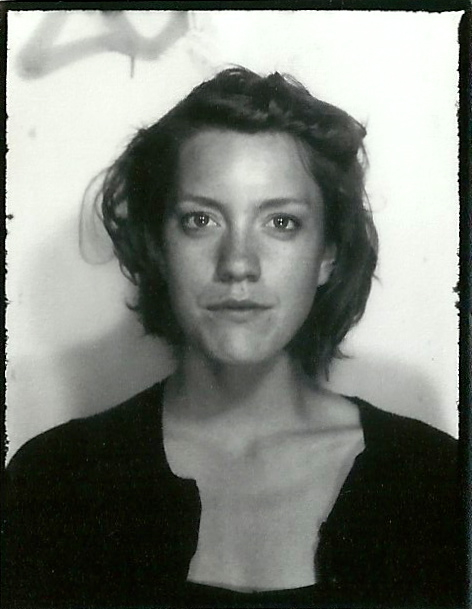Inside, an anxious shuffle. The vast expanse of Harpa’s interior. Walls the colour of scorched-rock, bright lights reflecting in mirrors above the stately staircase.
A horde of excitable youngsters dally around the first-floor bar, crowding the entrance to the “Bay View” stage where the sweet sounds of Sóley are barely audible over the rumbling chatter.
Strange, seeing intoxication in the artificial light of night, and in such a formal setting.
Upstairs, Thugfucker are in the midst of an unaffected DJ set in Silfurberg. The beat simple and loose, appropriate to the soberness of the early hour. The crowd is meager, casually pulsing along.
People continue to rush into the building, dressed to impress amidst a feeling of newness in the air: this is, after all, everyone’s first time.
At the bar downstairs, someone tells me he feels like he has spent most of his time at the festival so far “doing this,” he says, motioning between us with his hands; passing people in the halls upstairs, he explains, feels like being back in school, forced by proximity to stop and chat with acquaintances he hasn’t seen in years:
“So… You! Here?”
“Yeah. Me, here.”
Upstairs in Norðurljós, Diamond Version‘s live show is preluded by an elaborate visual display involving words streaming across screens behind the performers, a narrative that is surprisingly dynamic.
“Expect great things.”
“Experience the difference.”
“Forever new frontiers.”
The words continue flashing for several minutes, punctuated by a piercing beat that builds to a tense climax announcing the official beginning of the set.
The aesthetic of Diamond Version is as bare and robotic as their sound, which is nearly clinical, and they border on stiffness—steel and iron.
My tolerance is wearing. I’m trying not to be a grump but this shit is a serious couple of decibels too loud.
Next on stage in Norðurljós is Kasper Björke with a DJ set that draws a sparse crowd. Considering that Diamond Version had just disinfected the floor, his sound feels comparatively richer, and a few people enthusiastically dance along.
Outside Silfurberg—where Modeselektor was playing and where GusGus were about to play a midnight show—a massive line had formed.
I had the exact same experience at Airwaves last year, standing on the first floor balcony, blocked from entering GusGus’s set in the same hall. Now as well as then, the crowd seemed composed mainly of enthusiastic, drunk teenagers, who blocked me from getting anywhere near the show.
Meanwhile back in Norðurljós, Retro Stefson take the stage to a packed venue. Their set is seriously tight. Every time I see them their sound seems to have matured. Every time, a different kind of harnessed energy.
I get into Silfurberg for the last notes of GusGus. The hall smells of sweat and the crowd stands transfixed by their electro messiahs onstage. White light behind the performers, the appearance of a religious experience.
By 2:00 AM I feel fatigued as much by the crowd as by the music. I look at the line outside the James Blake DJ set in the basement with tired eyes. All around me are sparkling spandex pants, men with their muscles on display and women with their breasts bursting out of their shirts. I have the feeling that I would have enjoyed myself more had I taken drugs or gotten drunk earlier, but I’m not so sure. A few local hipsters are mixed in with the crowd along with a few 40-year-old professional dads, wearing buttoned-up shirts and expensive glasses, bearing their intoxication with the gracelessness of their age.
—
Vala has been writing for The Grapevine since 2006. She studies philosophy, publishes poetry and burns the midnight lavender oil.
Buy subscriptions, t-shirts and more from our shop right here!















